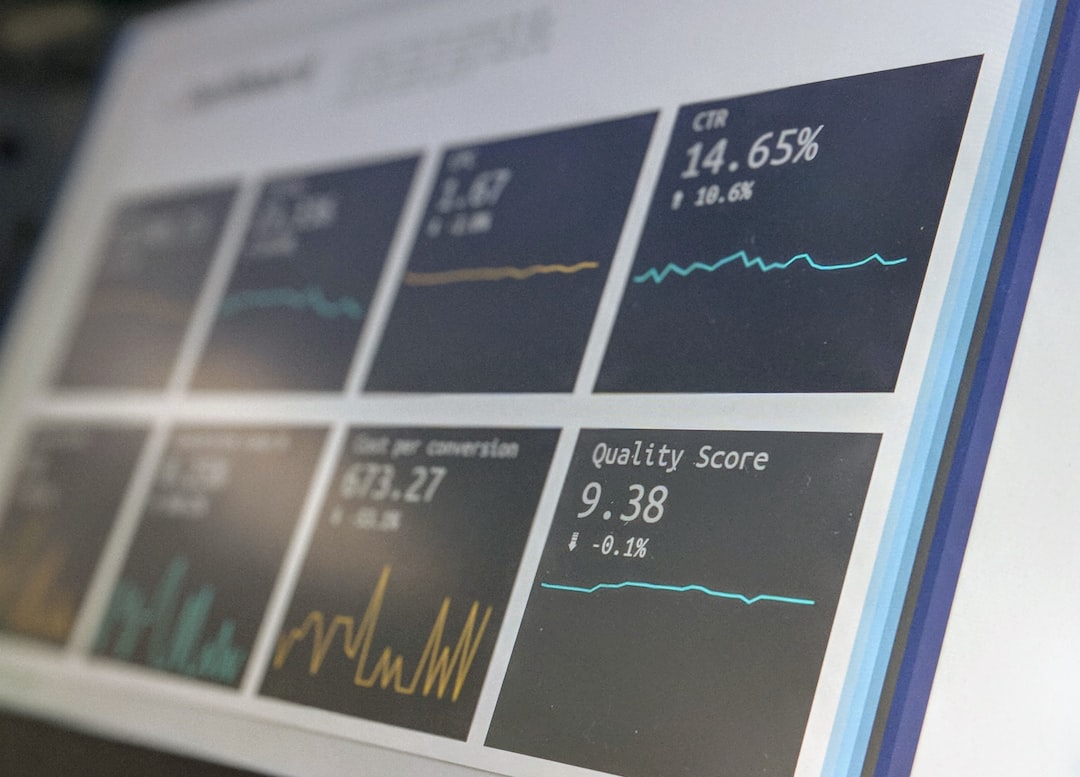In the contemporary digital landscape, social media has become an integral part of daily life for billions of individuals worldwide. Platforms such as Facebook, Instagram, Twitter, and TikTok serve as virtual meeting places where users can share experiences, connect with others, and express themselves. However, the rapid proliferation of these platforms has sparked a growing interest in understanding their impact on mental health.
As users navigate the complexities of online interactions, the relationship between social media usage and mental well-being has emerged as a critical area of study. Researchers, psychologists, and social scientists are increasingly examining how these platforms can both enhance and detract from mental health. The dual nature of social media’s influence on mental health is particularly intriguing.
On one hand, social media can foster connections and provide support networks that may be beneficial for individuals experiencing loneliness or mental health challenges. On the other hand, it can also contribute to feelings of inadequacy, anxiety, and depression. This dichotomy raises important questions about how individuals can engage with social media in a way that promotes positive mental health while mitigating its potential harms.
Understanding this complex relationship is essential for developing strategies that encourage healthy online behaviors and support mental well-being.
Key Takeaways
- Social media can have both positive and negative effects on mental health.
- Positive effects of social media include providing support, reducing loneliness, and increasing social connections.
- Negative effects of social media include increased anxiety, depression, and feelings of inadequacy.
- Social media addiction can have a significant impact on mental health, leading to withdrawal symptoms and decreased real-life social interactions.
- Cyberbullying and FOMO are common negative experiences on social media that can have detrimental effects on mental health.
The Positive Effects of Social Media on Mental Health
Social media can serve as a powerful tool for enhancing mental health by providing users with opportunities for connection and community. For many individuals, especially those who may feel isolated due to geographical distance or social anxiety, social media platforms offer a means to connect with like-minded individuals. Online communities centered around shared interests or experiences can provide emotional support and validation, which are crucial for mental well-being.
For instance, individuals dealing with chronic illnesses or mental health disorders often find solace in online support groups where they can share their experiences and receive encouragement from others who understand their struggles. Moreover, social media can facilitate access to mental health resources and information. Many organizations and mental health professionals utilize these platforms to disseminate valuable content, including coping strategies, educational materials, and awareness campaigns.
For example, during the COVID-19 pandemic, numerous mental health organizations leveraged social media to provide resources on managing stress and anxiety in the face of uncertainty. This accessibility to information can empower individuals to seek help and adopt healthier coping mechanisms, ultimately contributing to improved mental health outcomes.
The Negative Effects of Social Media on Mental Health

Despite its potential benefits, social media is also associated with a range of negative effects on mental health. One of the most significant concerns is the impact of social comparison. Users often curate their online personas to showcase idealized versions of their lives, leading others to compare themselves unfavorably against these unrealistic standards.
Research has shown that frequent exposure to idealized images on platforms like Instagram can lead to body dissatisfaction and increased risk of eating disorders.
Additionally, the constant barrage of information and notifications can contribute to heightened levels of anxiety and stress. The pressure to remain connected and responsive can create a sense of urgency that detracts from real-life interactions and experiences. Studies have indicated that individuals who spend excessive time on social media may experience increased symptoms of anxiety and depression.
The phenomenon of “doomscrolling,” where users compulsively scroll through negative news or distressing content, further exacerbates these feelings, creating a cycle of negativity that can be difficult to break.
Social Media Addiction and its Impact on Mental Health
| Metrics | Data |
|---|---|
| Percentage of population affected by social media addiction | 10% |
| Number of hours spent on social media per day | 3 hours |
| Impact on mental health | Increased anxiety and depression |
| Percentage of people seeking professional help | 20% |
Social media addiction is an increasingly recognized issue that poses significant risks to mental health. Characterized by compulsive use of social media platforms despite negative consequences, this addiction can lead to a range of psychological issues. Individuals may find themselves spending hours scrolling through feeds or engaging in online interactions at the expense of real-life relationships and responsibilities.
This compulsive behavior can disrupt daily routines, leading to sleep disturbances, decreased productivity, and strained interpersonal relationships. The psychological mechanisms underlying social media addiction often involve the brain’s reward system. Engaging with social media triggers the release of dopamine, a neurotransmitter associated with pleasure and reward.
This creates a feedback loop where users seek out likes, comments, and shares as a means of achieving gratification. Over time, this reliance on external validation can erode self-esteem and contribute to feelings of loneliness when online interactions fail to translate into meaningful connections in the real world. As individuals become increasingly dependent on social media for affirmation, they may find themselves trapped in a cycle that exacerbates feelings of isolation and anxiety.
Cyberbullying and its Effects on Mental Health
Cyberbullying is a pervasive issue that has gained prominence with the rise of social media platforms. Unlike traditional bullying, which typically occurs in physical spaces, cyberbullying takes place in digital environments where anonymity can embolden aggressors. Victims of cyberbullying often experience severe emotional distress, leading to anxiety, depression, and even suicidal ideation.
The 24/7 nature of online interactions means that victims may feel trapped in a cycle of harassment without respite. The impact of cyberbullying extends beyond immediate emotional pain; it can also have long-term consequences for mental health. Research indicates that individuals who experience cyberbullying are at an increased risk for developing chronic mental health issues such as post-traumatic stress disorder (PTSD) and generalized anxiety disorder (GAD).
Furthermore, the stigma associated with being bullied can deter victims from seeking help or reporting their experiences, perpetuating feelings of shame and isolation. Addressing cyberbullying requires a multifaceted approach that includes education, awareness campaigns, and supportive interventions for both victims and perpetrators.
FOMO (Fear of Missing Out) and its Impact on Mental Health

The phenomenon known as FOMO (Fear of Missing Out) has become increasingly prevalent in the age of social media. This psychological condition is characterized by feelings of anxiety or insecurity stemming from the belief that others are having rewarding experiences that one is not partaking in. Social media amplifies FOMO by providing constant updates about friends’ activities, events, and achievements, creating an illusion that everyone else is living a more fulfilling life.
FOMO can lead to detrimental effects on mental health by fostering feelings of inadequacy and dissatisfaction with one’s own life circumstances.
This behavior can result in increased stress levels and a diminished sense of self-worth as individuals struggle to keep up with perceived social norms.
Moreover, FOMO can contribute to a cycle of overconsumption of social media content as users attempt to stay informed about others’ lives, further exacerbating feelings of anxiety and disconnection.
Tips for Maintaining a Healthy Relationship with Social Media
To navigate the complexities of social media while safeguarding mental health, individuals can adopt several strategies aimed at fostering a healthier relationship with these platforms. One effective approach is setting boundaries around usage time. Designating specific periods for social media engagement can help prevent compulsive scrolling and encourage users to focus on real-life interactions and activities that promote well-being.
Another important strategy involves curating one’s online environment. Users should consider unfollowing accounts that evoke negative feelings or contribute to unhealthy comparisons. Instead, following accounts that promote positivity, self-care, and authentic representation can create a more supportive online atmosphere.
Engaging with content that aligns with personal values and interests can enhance the overall experience of using social media. Additionally, practicing mindfulness while using social media can help individuals remain aware of their emotional responses during online interactions. Taking breaks from social media when feeling overwhelmed or anxious can provide necessary space for reflection and self-care.
Engaging in offline activities—such as exercise, hobbies, or spending time with loved ones—can also serve as effective counterbalances to excessive online engagement.
Conclusion and Recommendations for Using Social Media Responsibly
As social media continues to evolve and shape modern communication, it is essential for users to approach these platforms with mindfulness and intention. Recognizing both the positive and negative effects on mental health allows individuals to make informed choices about their online engagement. By implementing strategies such as setting boundaries, curating content thoughtfully, and practicing mindfulness, users can cultivate a healthier relationship with social media.
Furthermore, fostering open conversations about mental health within online communities can help reduce stigma and encourage individuals to seek support when needed. As society navigates the complexities of digital interaction, promoting responsible use of social media will be crucial in ensuring that these platforms serve as tools for connection rather than sources of distress. Ultimately, understanding the intricate relationship between social media and mental health empowers individuals to harness the benefits while mitigating potential harms associated with digital engagement.
One related article to standard social science is “Exploring Different Kinds of Logic: Deontic, Deviant Probability, and Beyond” which delves into various forms of logic beyond the traditional Aristotelian syllogistic logic. This article discusses how different types of logic, such as deontic logic and deviant probability, can be applied in different contexts to analyze complex social phenomena. To read more about this topic, check out the article here.
FAQs
What is standard social science?
Standard social science refers to the commonly accepted methods and practices used in the field of social science research. It includes the use of established theories, research designs, data collection methods, and statistical analysis techniques.
What are the key components of standard social science research?
The key components of standard social science research include formulating research questions, conducting literature reviews, designing research studies, collecting and analyzing data, and drawing conclusions based on empirical evidence.
What are some common research methods used in standard social science?
Common research methods used in standard social science include surveys, experiments, interviews, observations, and content analysis. These methods are used to gather data and test hypotheses in order to answer research questions.
How is standard social science research different from other approaches?
Standard social science research is distinguished by its adherence to established research methods and practices, as well as its emphasis on empirical evidence and systematic inquiry. It is often contrasted with more interpretive or critical approaches to social science research.
What are the ethical considerations in standard social science research?
Ethical considerations in standard social science research include obtaining informed consent from research participants, protecting their privacy and confidentiality, and ensuring that the research does not cause harm. Researchers are also expected to report their findings accurately and honestly.
What are some examples of standard social science research topics?
Examples of standard social science research topics include the effects of social media on mental health, the relationship between income inequality and social mobility, the impact of education on economic outcomes, and the factors influencing political participation.






















+ There are no comments
Add yours